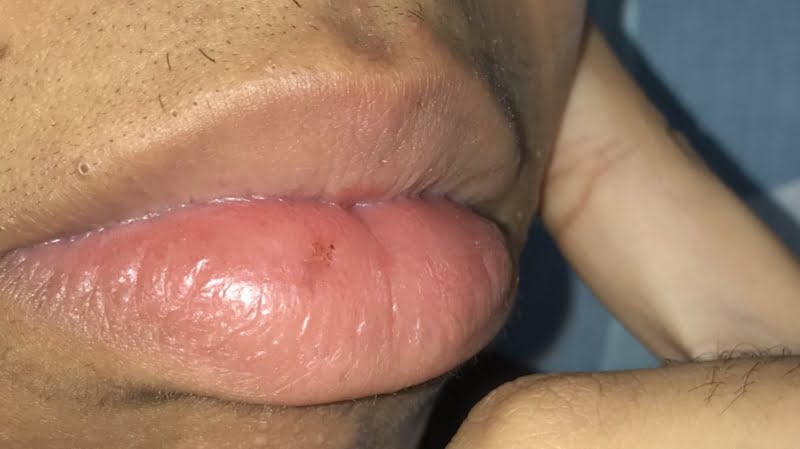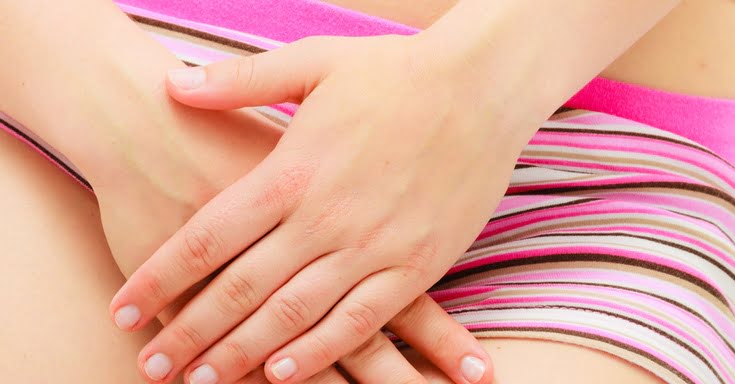This is a type of infection which is caused by the herpes simplex virus. This virus is causing painful sores on the tongue, gums, lips, inside your cheeks and roof of your mouth. Also it can cause symptoms such as muscle aches and fever. This type of virus is affecting only humans. The oral herpes infection is very common condition all around the world. There are some cases when people think that canker sores are caused by HSV but this is not true. Mouth sores are most commonly happening in children between one and two years but they can affect people at any age and any time of the year [1]. People are contracting herpes by touching infected skin, mucous membranes or saliva. This type of virus is highly contagious and most people have been infected by at least 1 herpes subtype before the adulthood. After the herpes virus infects someone, then it has a rather unique ability to proceed to 3 stages.
Stages of oral herpes infection
- Primary infection: In this stage, the virus is entering your skin or mucous membranes and reproduces. When the oral herpes is in this stage, then oral sores and other symptoms such as fever can develop. This virus may not cause any sores and symptoms. Also you may not know that you have oral herpes. This type of infection is called asymptomatic infection. This type of infection is happening twice as often as the disease with symptoms. [2]
- Latency: When the oral herpes is in this stage, then the virus from the infected site moves to a mass of nervous tissue in your spine which is called the dorsal root ganglion. This virus is reproducing again and it becomes inactive. [2]
- Recurrence: When someone encounters certain stresses, physical or emotional, then the virus can reactivate and it can cause new sores and symptoms. [2]
Signs and symptoms of oral herpes
Here are symptoms of oral herpes during periods:
- Incubation period: The incubation period for oral herpes is 2 – 12 days. Incubation period is the period from the time someone has a contact with the virus and the appearance of the symptoms. For the most people, incubation period is 4 days.
- Duration of illness: The signs and symptoms of the oral herpes will last two to three weeks. Irritability, muscle aches and fever can happen. Itching, tingling, burning or pain happens at the infection site before the sores appear and then clusters of blisters erupt. These blisters are breaking down rapidly and when they are seen, then they appear as gray, shallow and tiny ulcers on a red base. After few days, these blisters can become scabbed or crusted and they can appear drier and more yellow.
- Oral sores: At the onset is happening the most intense pain caused by these sores and it is making drinking and eating difficult. The oral sores can happen on the roof of the mouth, the throat, the inside of the cheeks, the front of the tongue, the gums and the lips. Also these sores can be extended down the neck and chin. Your gums can become mildly swollen and red and they can bleed. The neck lymph nodes often swell and they become painful. Those people who are in their teen years and 20s, the herpes can cause a painful throat with a grayish coating on the tonsils and the swallow ulcers.
The oral herpes is a painful condition which can make you difficulties in eating or drinking [3]. You need to talk with your doctor as soon as possible because he or she can help you to prevent dehydration. If you are not sure what kind of sores your children has, then you should talk with your doctor.
Causes for oral herpes: Herpes simplex is a type of virus which is causing sores in and around the mouth. There are 2 herpes subtypes which can cause these sores:
- Herpes simplex virus, type 1 or herpes – 1. This type of virus is causing 80% of cases of oral herpes infections. This type of virus is affecting only humans. In the most cases, children which are between 1 – 2 years are affected by it, but also it can affect people at any age and time of the year. [4,5]
- Herpes simplex virus, type 2 or herpes – 2. This type of virus is causing the rest 20% of oral herpes infections. [4]
References:
[1] University of Rochester Medical Center. Canker sores (aphthous ulcers) in children. Retrieved from www.urmc.rochester.edu/encyclopedia
[2] Kumar SP, Chandy ML, Shanavas M, et al. Pathogenesis and life cycle of herpes simplex virus infection-stages of primary, latency and recurrence. Journal of Oral and Maxillofacial Surgery, Medicine, and Pathology. 2016;28(4):350-3.
[3] Boes H, Goulioumis V, Wechsler A, et al. Clinical study on the effectiveness of three products in the treatment of herpes simplex labialis. Scientific Reports. 2020.
[4] World Health Organization. Herpes simplex virus. 2020. Retrieved from www.who.int/news-room/fact-sheets/detail/herpes-simplex-virus
[5] Fred Hutchinson Cancer Research Center. New gene therapy approach eliminates at least 90% latent herpes simplex virus 1. Science Daily. 2020.





